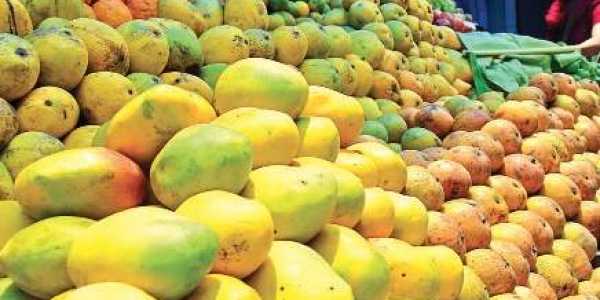



Australian mango seasons are usually a great hit. However, 2020 proved to be a little different. The weather was warm and there were winds that ran well into the harvest season. Nevertheless, the Northern Territory was faced with a wet season that was hot and extremely dry. In fact, the Bureau of Meteorology measured temperatures both during the daytime and nighttime.
According to the statistical data garnered, the 2020 season was the lowest volume recorded in the AMIA crop forecast, which has been collecting data since the 2014/2015 season, seven years ago. Nationally, the fruit was generally smaller in size, and many growers experienced reduced volumes, particularly with KP fruit. For many regions, harvest finished quicker than expected resulting in low volume weeks at the peak of the season. Many growers also reported less internal fruit on their trees than usual.
In Australia, the mango season takes place in four States between the latitudes of 12° and 39° S. Production starts in the Northern Territory and Kimberley regions in early October, followed by the Queensland Dry Tropics in mid-November, Mareeba in early December, Central Queensland in late December, and South East Queensland and Northern New South Wales in early January. Queensland is the largest producing state with the Dry Tropics and Mareeba districts producing the most fruit. 80% of the crop is produced as fresh produce and 20% is processed.
The mango is a densely foliaged evergreen tree, including some varieties that grow to 20m tall and live for 400 years or more. Once established, it serves as a useful windbreak, shade tree and ornamental with attractive perfumed flowers. Tree growth, during the season, is marked by flashes of new bronze-pink leaves three to five times per year. These turn green on maturity. During the harvest season, flowers are produced on terminal panicles, during the early part of the dry season
Of the fresh fruit harvested during the season, 90% is sold on the Australian domestic market and 10% exported. The major export markets are Hong Kong (55%) and Singapore (27%). Production is made up of several cultivars, with “Kensington Pride” making up 80%, “R2E2” 8%, “Keitt” 8% and other varieties the rest.
Article by: Hari Yellina (Orchard Tech)